How to Avoid Water Pressure Loss in Your Shower
There's nothing worse than coming home from a long day with the hopes of washing away all your stress and worries and instead being met with water pressure in the shower that's too low. Over time, the water pressure in your shower might diminish, which will leave you wondering how to fix the shower head pressure so you can enjoy decompressing, personal hygiene, and comfort like you once did.
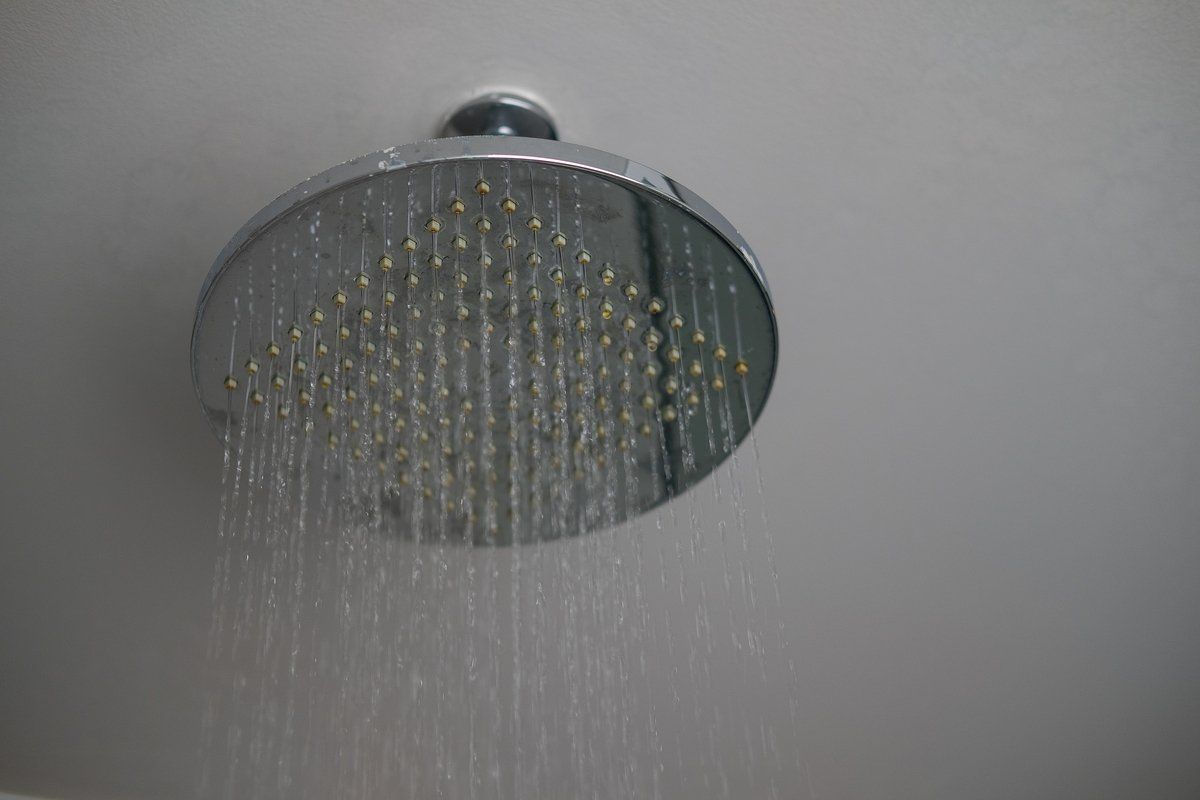
Tips to Help Fix Shower Head Pressure
Luckily, it’s not impossible to fix the water pressure in your shower. Here are some steps you can take that will help avoid or fix this issue, restoring the shower head pressure you've grown accustomed to.
Check the Shower Head or Pipes
There's a chance a blockage is the root cause of water pressure in your shower that’s too low. For a variety of reasons, pipes might accumulate grime, preventing proper water pressure. In some circumstances, these built-up particles might settle in the shower head. The best way to check this out is by removing the shower head from the wall and soaking it in a biodegradable cleaning solution before scrubbing the nozzle with a bristled tool or old toothbrush. If you can't remove it from the wall, try wrapping a solution-soaked towel around the head for a few moments instead.
If the water pressure in the shower is still too low after cleaning the head, the issue might be in the pipes, which will require a professional cleaning. Depending on where you live, an expert might recommend a water softener installation to ensure the shower head pressure doesn't get impacted by hard water over time.
Inspect the Water Pressure Around Your Home
If the issue isn't isolated to the shower, there could be a problem with the water pressure reduction valve. This mechanism helps control the pressure of the water as it enters your home, so any issues with how water comes out of your plumbing fixtures can likely be traced back to that. The valve might be broken or otherwise malfunctioning, requiring a readjustment, which would require a professional plumber’s services.
Consider the Diverter Valve
When you turn on your shower and the water comes out of the bath faucet instead, it's because the diverter valve is switched in that direction. Turning the proper knob will redirect the water to your shower head. But if there's something wrong with the valve, it'll cause issues with the shower head pressure because an improper amount of water is being pushed in either direction. This possibility is pretty common due to the heavy use of a home's bath and shower. Normal wear and tear can impede the diverter valve from functioning properly. Luckily, a professional visit from a qualified plumber can solve the issue with a replacement diverter valve.
Look Out for Leaks
What if there are no apparent clogs in your pipes, but you still are experiencing a leak in the system? You may still wonder how to solve your low-pressure shower issue. At this point, you may need to enlist a professional plumber to repair any pipe damage. If there are any water stains on the walls, floors, or any other surface in your home, there might be a leak or fracture in your pipes.
Otherwise, keep an eye and ear out for water dripping or running somewhere it shouldn't be. If left unattended, the water pressure will become the least of your worries. Over time, a leak can worsen, eventually causing a pipe to fully burst. And that outcome can result in a flooded home or at least higher-than-normal utility bills.
Wondering about your next step? We recommend scheduling a service call with a professional plumber from Gainesville Mechanical Inc. We can assess all the pipes in your home, from the ones under the sink to the harder-to-reach spots behind the walls. Get in touch with us today.
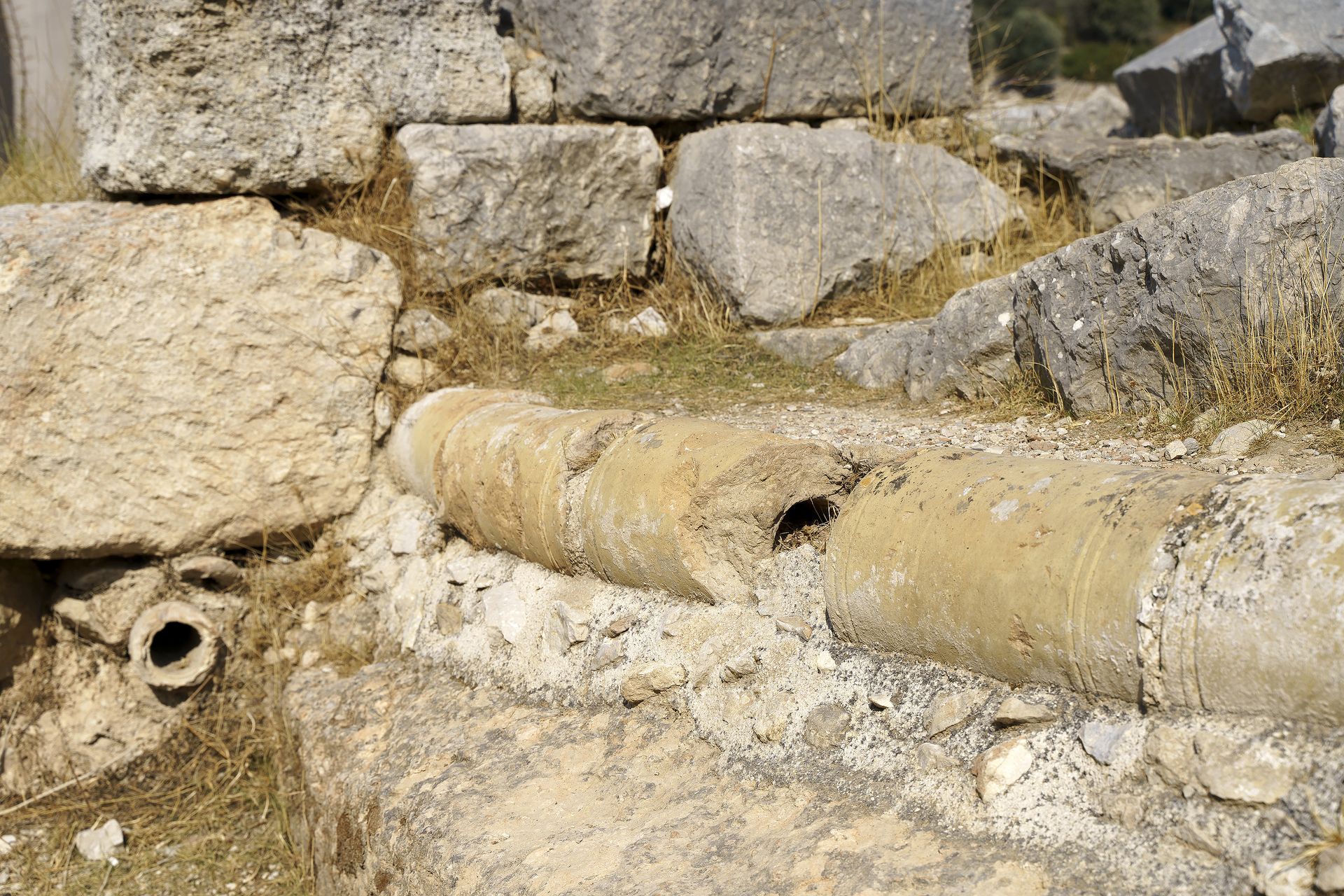
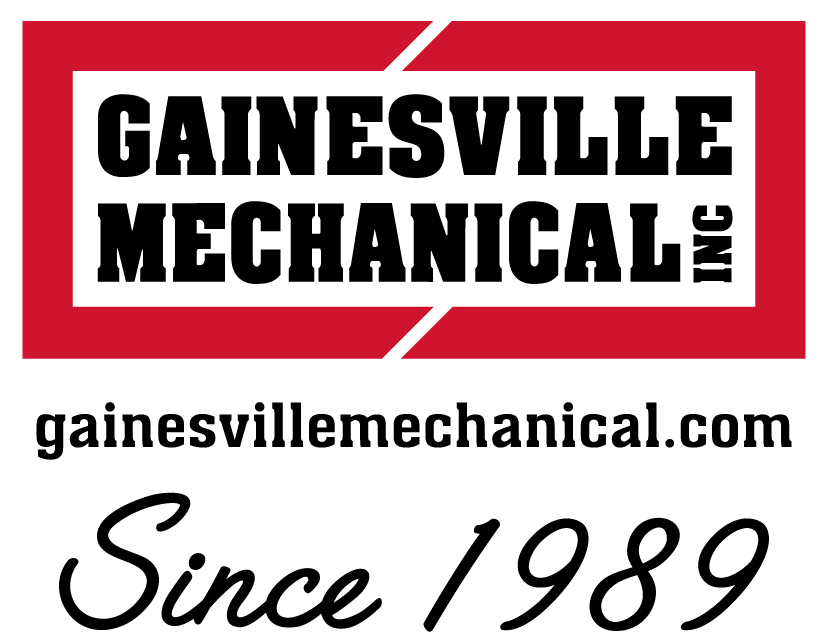
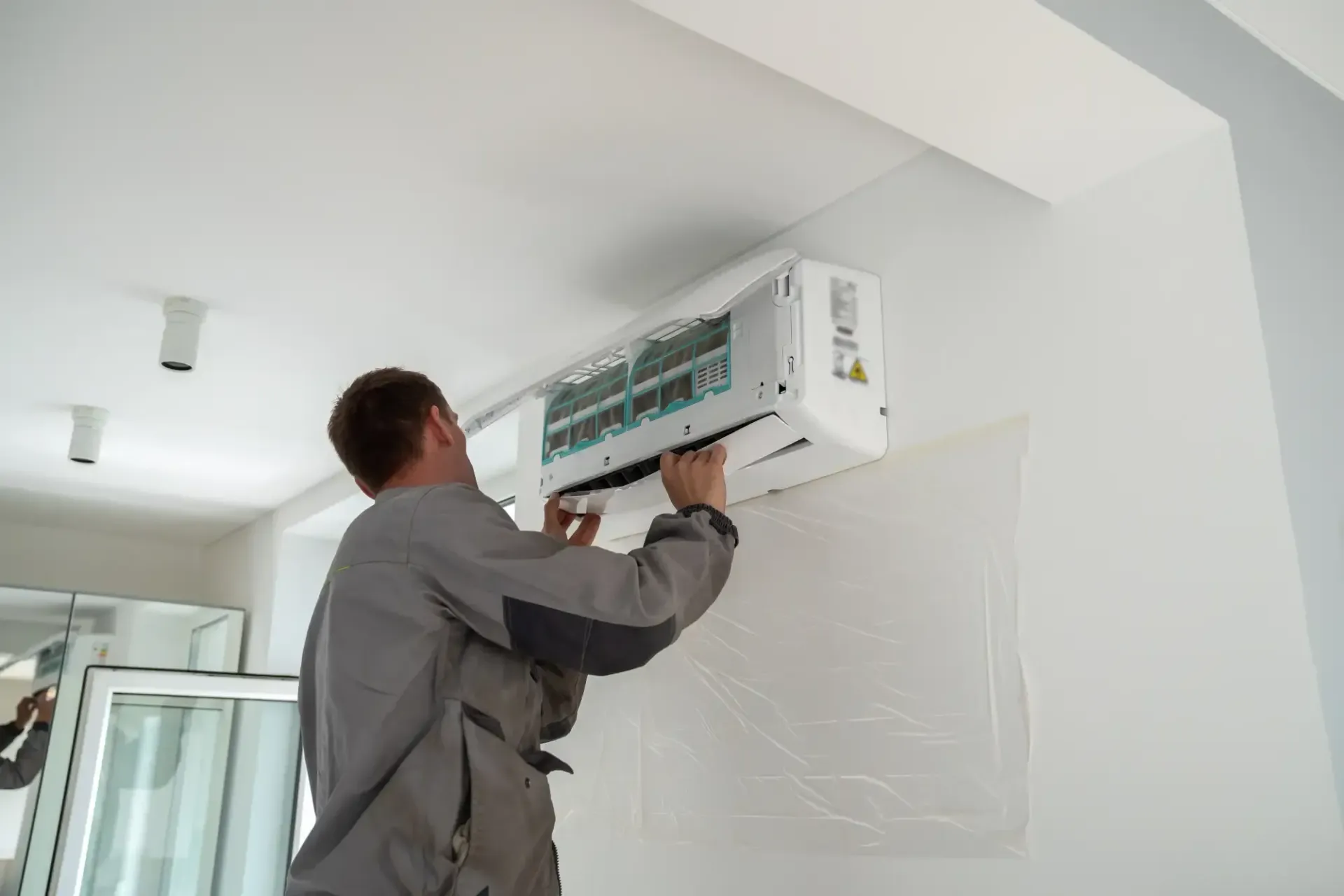
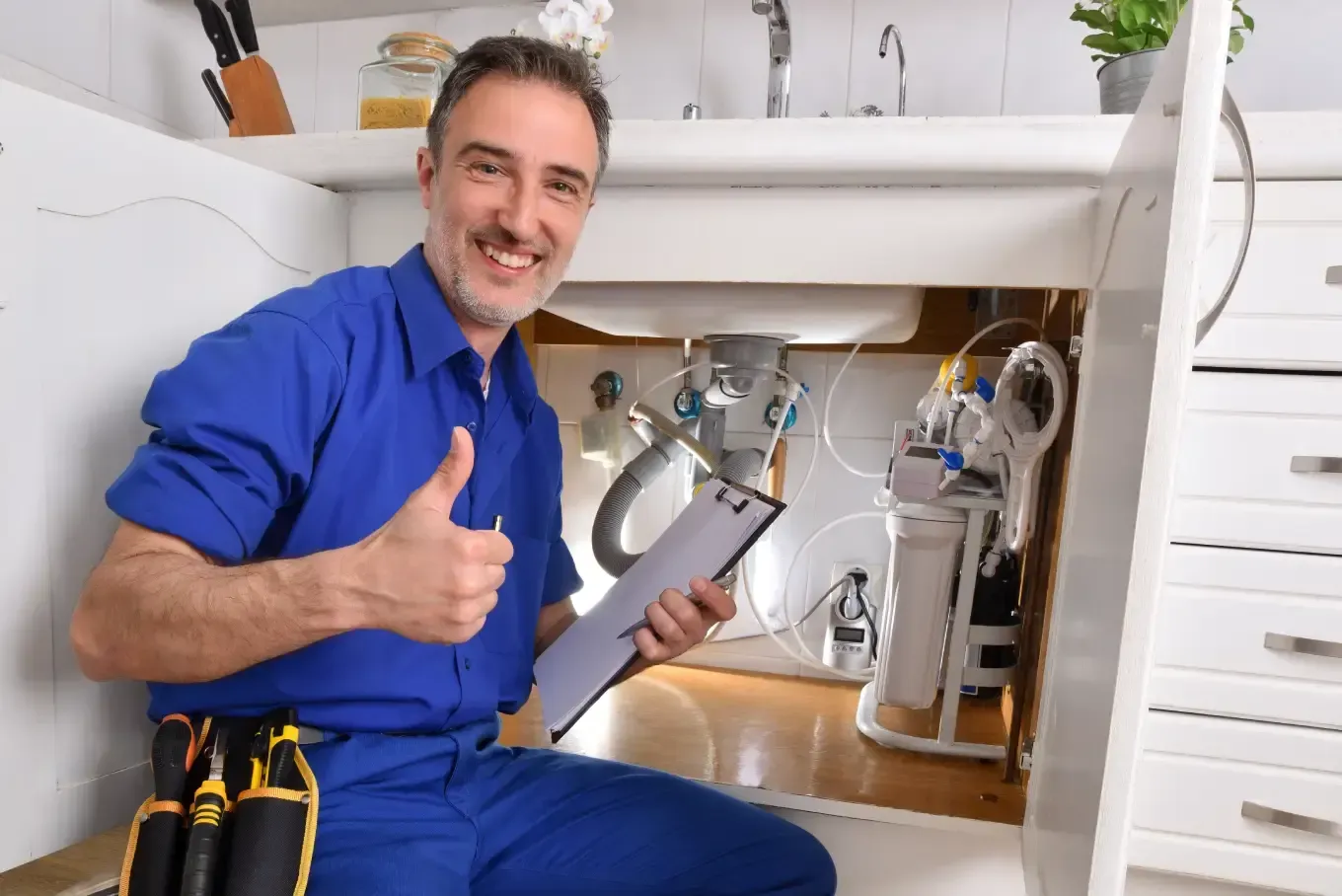

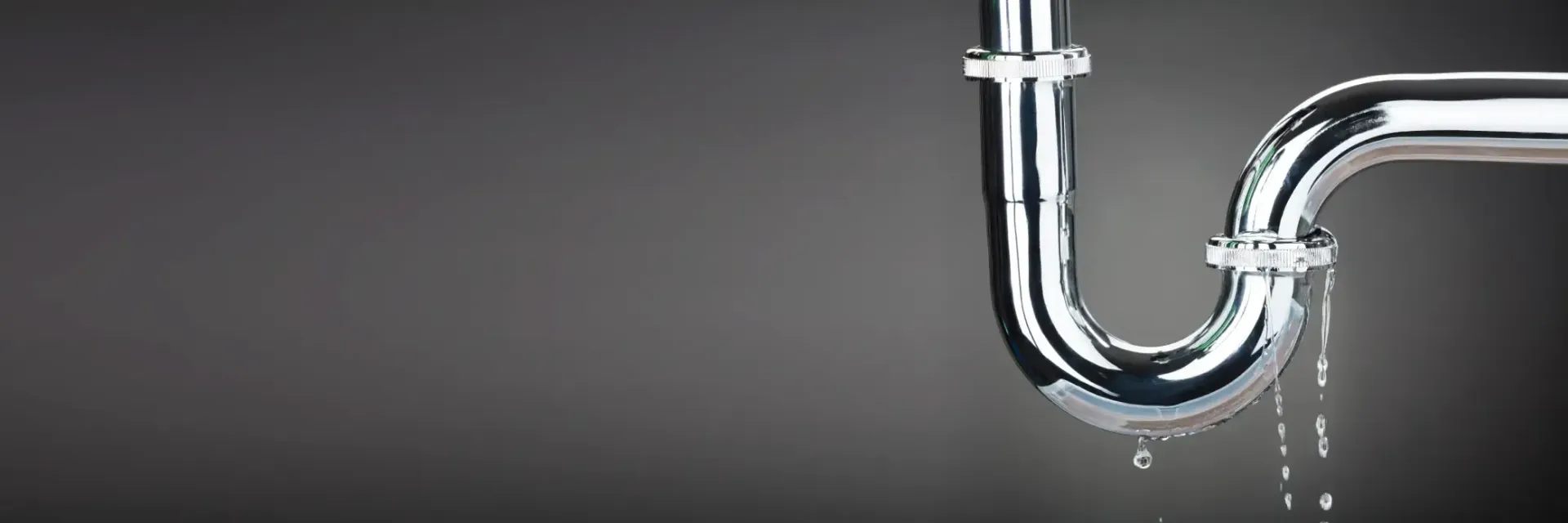

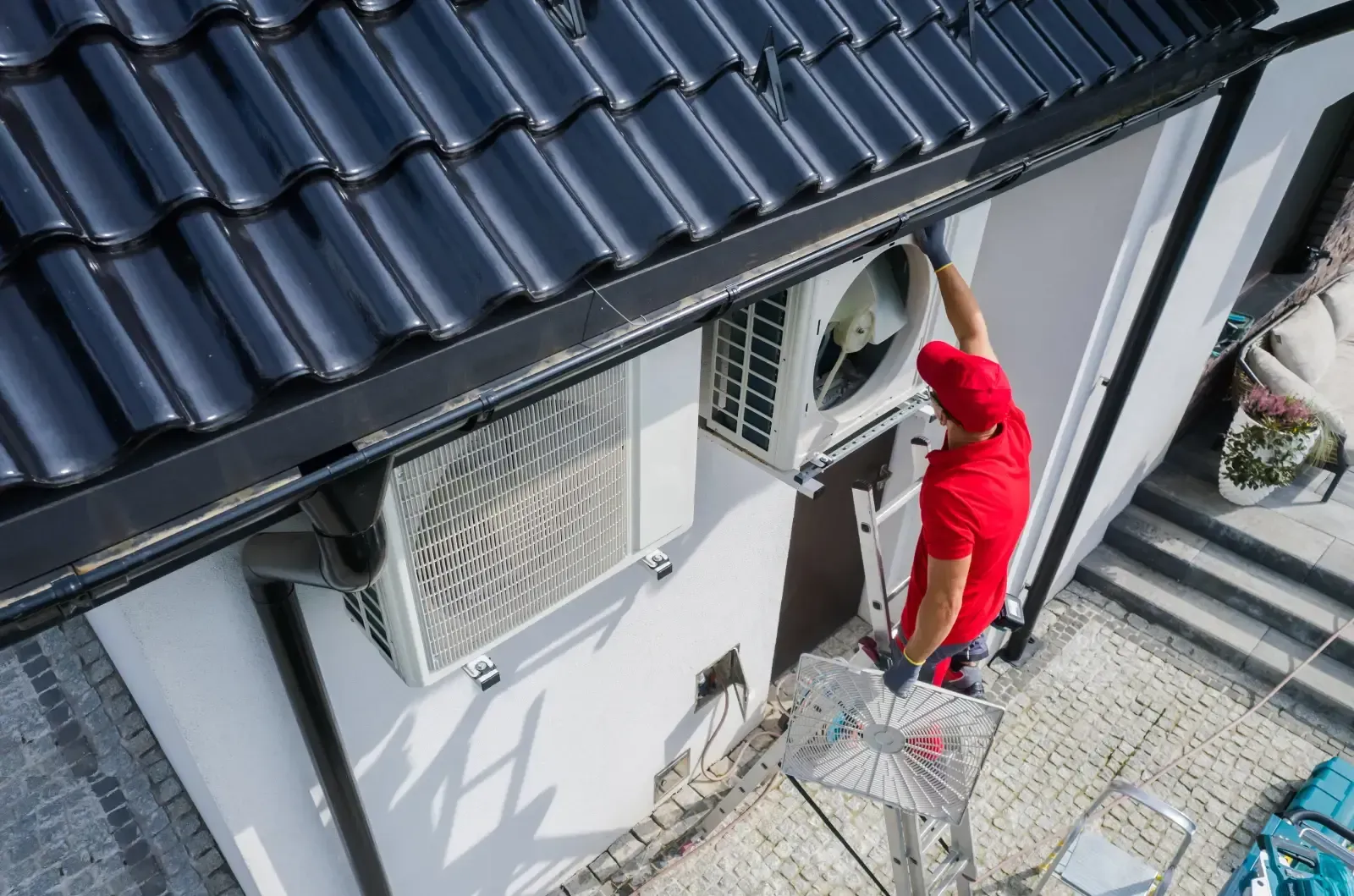
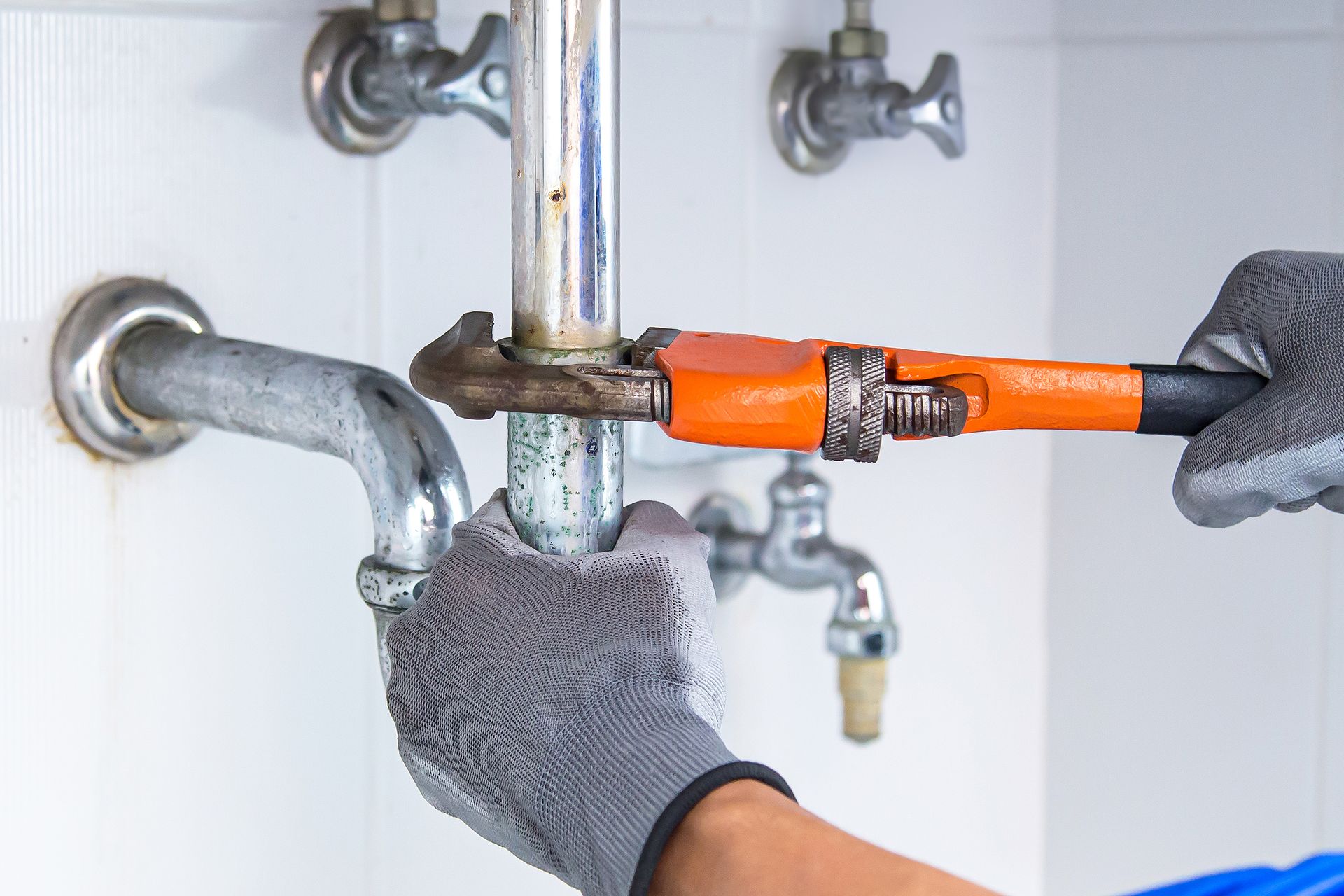
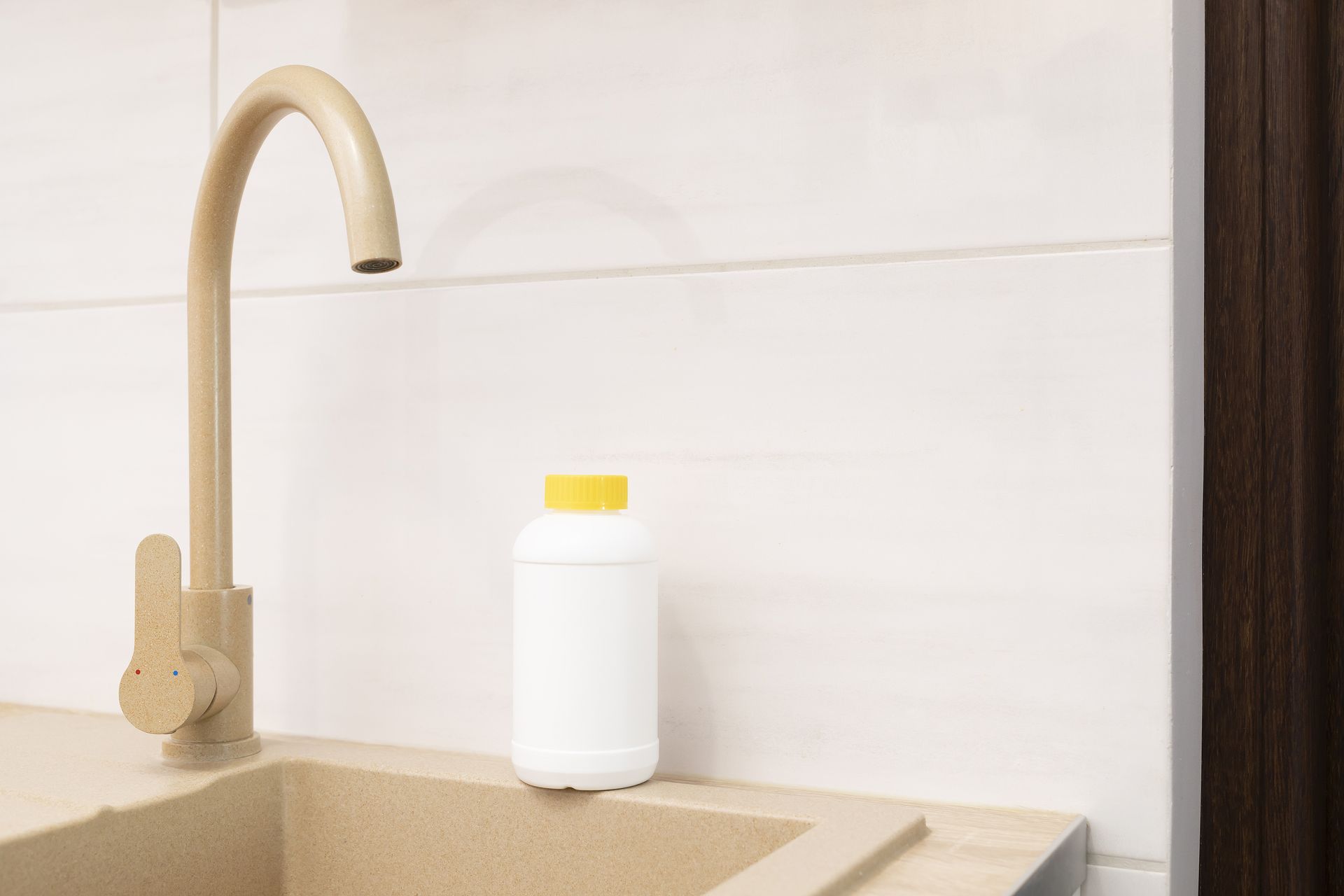
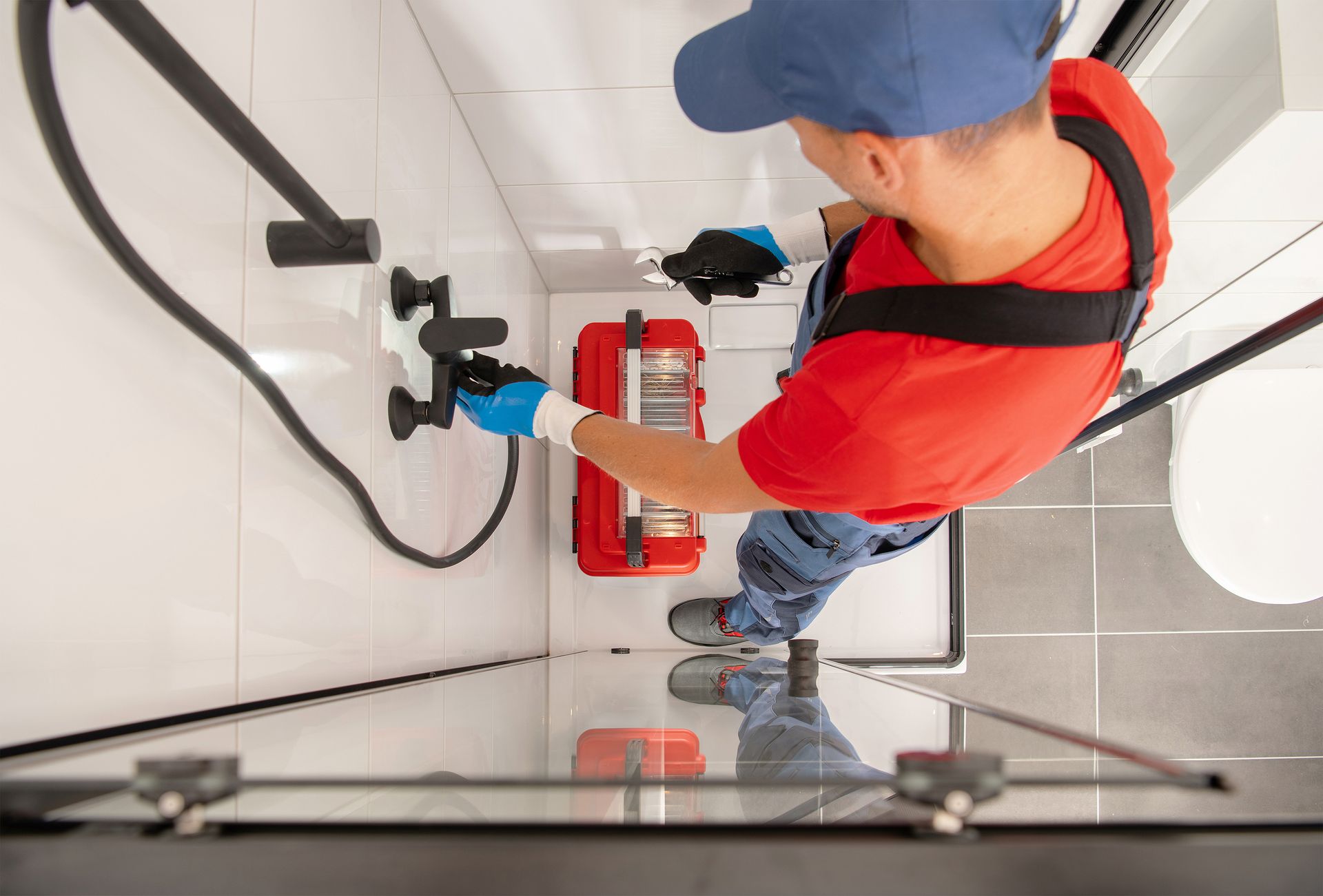
Share On: